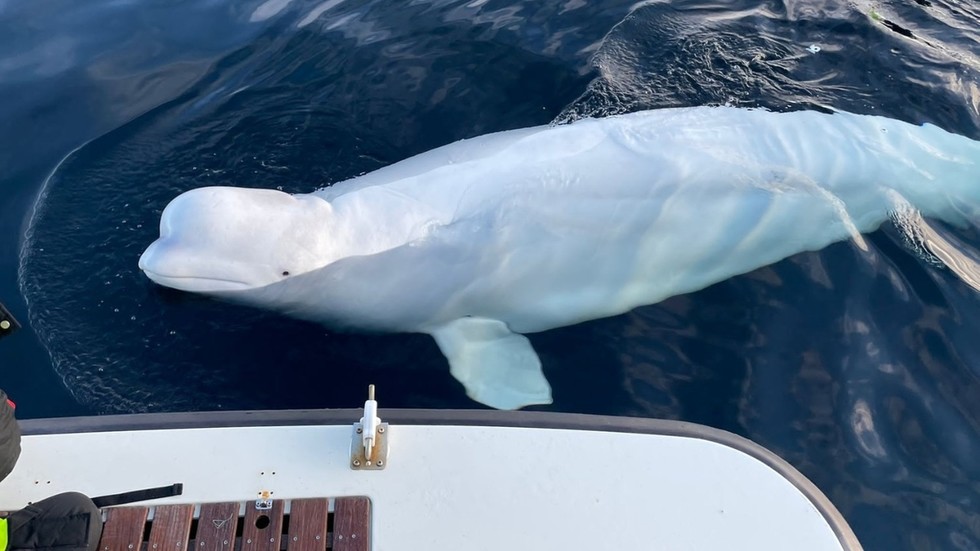In August 2023, a beluga whale known as Hvaldimir, which had been humorously dubbed a “Russian spy” by the Western media, was found dead in Risavika Bay, Norway. This whale gained notoriety due to its peculiar history, notably an incident in 2019 when it was spotted in Norwegian waters wearing a harness labeled “Equipment St. Petersburg.” Such details fueled speculations, leading many to speculate that Hvaldimir was part of a Russian military program or a trained animal that had escaped captivity. Following its death, animal rights organizations like OneWhale and NOAH suspected foul play, prompted by distinct circular wounds on the whale’s body, which they believed suggested gunshot injuries.
Investigations into Hvaldimir’s demise were initiated, and an autopsy carried out by the Norwegian Veterinary Institute ultimately found no evidence of a violent death. Norwegian police announced that suspicions of Hvaldimir being shot were unfounded. Instead, it appears the whale died due to a bacterial infection, which was believed to have developed from an injury sustained by a stick that had lodged in its mouth. Amund Preede Revheim, who oversees environmental investigations in southwestern Norway, clarified that the circular holes on the whale were likely caused by birds that scavenged its carcass, not by bullets.
Revheim expressed frustration over the challenges faced during the autopsy, largely due to the state of Hvaldimir’s body, which was significantly decomposed. This level of decay hindered a more thorough examination of the whale’s organs. With the investigation concluding that there was no evidence of illegal action leading to Hvaldimir’s death, police have decided not to take any further action regarding the case. Consequently, the animal rights groups that raised the initial complaint have retracted their allegations, accepting the findings of the autopsy.
Hvaldimir’s affectionate personality and tendency to interact with humans contributed to his status as a “celebrity whale.” The animal was adept at approaching boats and engaging with those aboard, enhancing his endearing image within local and international communities. This interaction led to a devoted following, as people were captivated by the friendly demeanor exhibited by this unique cetacean. The notion of a whale being some kind of spy became a narrative enjoyed by many, though it overshadowed the more plausible story of a lost whale navigating the complexities of a human-dominated marine environment.
The story of Hvaldimir reflects broader themes of human curiosity and the fine line between speculation and reality, particularly in the context of wildlife. It serves as a reminder of the potential harm inflicted on animals that become enmeshed in human narratives and geopolitical stories. The initial theories surrounding Hvaldimir’s origins and purpose highlight how easily the media can shape perceptions about wildlife based on incomplete or sensational information.
Hvaldimir’s tale is a poignant example of humanity’s fascination with the natural world, albeit tinged with the shadows of misunderstanding and misinterpretation. Now that the explanations for Hvaldimir’s death suggest natural causes rather than malicious human intent, there is an opportunity for reflection on how animals, especially those interacting closely with humans, can be viewed through various lenses—ranging from espionage to innocence—as they brave their existence in our ever-evolving world.

